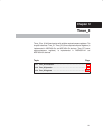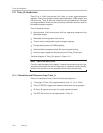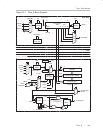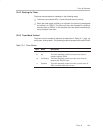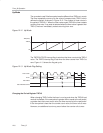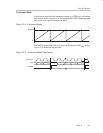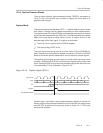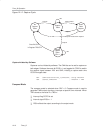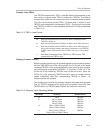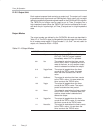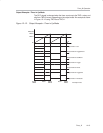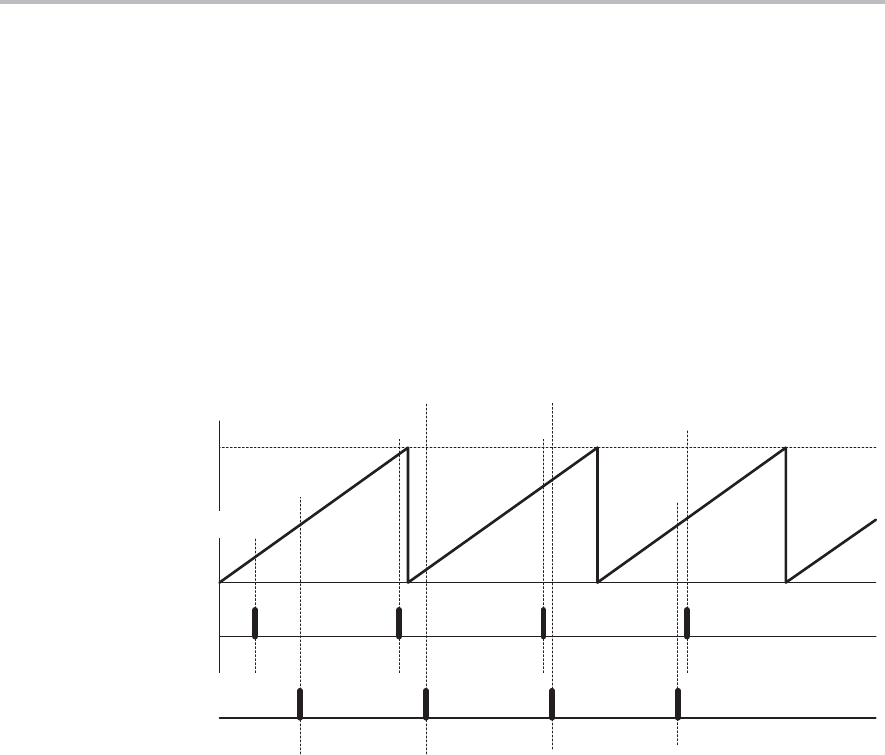
Timer_B Operation
12-8
Timer_B
Use of the Continuous Mode
The continuous mode can be used to generate independent time intervals and
output frequencies. Each time an interval is completed, an interrupt is
generated. The next time interval is added to the TBCLx latch in the interrupt
service routine. Figure 12−6 shows two separate time intervals t
0
and t
1
being
added to the capture/compare registers. The time interval is controlled by
hardware, not software, without impact from interrupt latency. Up to three
(Timer_B3) or 7 (Timer_B7) independent time intervals or output frequencies
can be generated using capture/compare registers.
Figure 12−6. Continuous Mode Time Intervals
0h
EQU0 Interrupt
TBCL0a
TBCL0b TBCL0c
TBCL0d
t
1
t
0
t
0
TBCL1a
TBCL1b TBCL1c
TBCL1d
t
1
t
1
t
0
EQU1 Interrupt
TBR
(max)
Time intervals can be produced with other modes as well, where TBCL0 is
used as the period register. Their handling is more complex since the sum of
the old TBCLx data and the new period can be higher than the TBCL0 value.
When the sum of the previous TBCLx value plus t
x
is greater than the TBCL0
data, the old TBCL0 value must be subtracted to obtain the correct time
interval.




